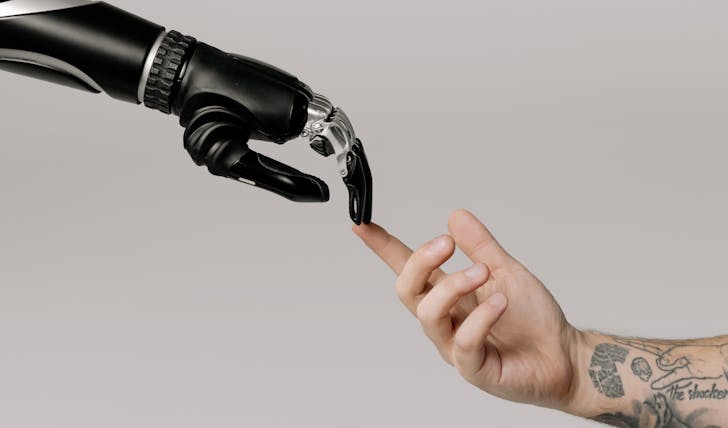In today’s rapidly evolving technological landscape, artificial intelligence (AI) stands as a cornerstone of innovation, reshaping industries, and revolutionizing the way we perceive and interact with the world around us. From powering virtual assistants to driving autonomous vehicles, AI’s impact is undeniable. But how does AI detection work, and what are the mechanisms behind its remarkable capabilities?

At its core, AI refers to the simulation of human intelligence processes by machines, typically computer systems. These processes include learning, reasoning, problem-solving, perception, and language understanding. Unlike traditional computer programs, AI systems possess the ability to adapt and improve their performance over time, often without explicit programming.
The Global Significance of AI is Massive
The journey of AI dates back to the mid-20th century. But it is in recent years that its potential has truly begun to unfold. With advancements in computational power, data storage, and algorithmic sophistication, AI has transcended its theoretical origins to become a driving force behind groundbreaking innovations across various domains.
From healthcare and finance to manufacturing and transportation, AI is reshaping industries. Thus, enhancing efficiency, and unlocking new opportunities for growth and development.
What is AI Detection?
AI detection, also known as artificial intelligence-based detection, refers to the utilization of AI algorithms and techniques to identify and analyze patterns, anomalies, or specific objects within data. This data can encompass various forms, including images, videos, text, and sensor readings.

How Does AI Detection Work?
Here is how AI detection works:
Pattern Recognition
At the heart of AI detection lies the ability to recognize patterns within data. Through the training of machine learning models on labeled datasets, AI systems can learn to identify recurring patterns or features associated with specific objects or phenomena.
So, whether it is recognizing faces in images, identifying fraudulent transactions in financial data, or detecting anomalies in network traffic, AI-powered pattern recognition enables swift and accurate detection across diverse applications.
Object Detection
When it comes to visual data, such as images and videos, object detection plays a crucial role in AI-driven applications. Object detection algorithms analyze visual inputs to locate and classify objects within a scene. By dividing the image into smaller regions and applying convolutional neural networks (CNNs) or similar architectures, AI systems can accurately identify and delineate objects of interest.
Be it vehicles on a road, pedestrians in a crowd, or products on a store shelf.
Anomaly Detection
In many scenarios, the focus of AI detection is not only on identifying known patterns. It is also on detecting deviations from expected behavior. Anomaly detection algorithms leverage statistical analysis and machine learning techniques to identify data points or events that significantly differ from the norm.

However, this capability finds applications in various fields. These include:
- Cybersecurity (detecting suspicious network activity)
- Predictive maintenance (identifying equipment failures)
- Fraud detection (spotting irregularities in financial transactions).
Natural Language Processing (NLP)
AI detection extends beyond visual data to encompass textual information as well. Natural Language Processing (NLP) techniques enable AI systems to understand and analyze human language, facilitating tasks such as sentiment analysis, language translation, and information extraction.
Through methods like recurrent neural networks (RNNs) and transformers, AI-powered NLP models can parse text, extract relevant information, and detect patterns in language usage. Thus, this enables applications ranging from chatbots to content moderation.
Sensor Data Analysis
In domains like IoT (Internet of Things) and environmental monitoring, AI detection plays a vital role in analyzing sensor data to extract meaningful insights. Whether it is temperature readings, air quality measurements, or motion sensor data, AI algorithms can process vast amounts of sensor data in real time to detect anomalies, predict future trends, and trigger appropriate responses.
This capability finds applications in smart cities, industrial automation, and environmental surveillance, among others.




